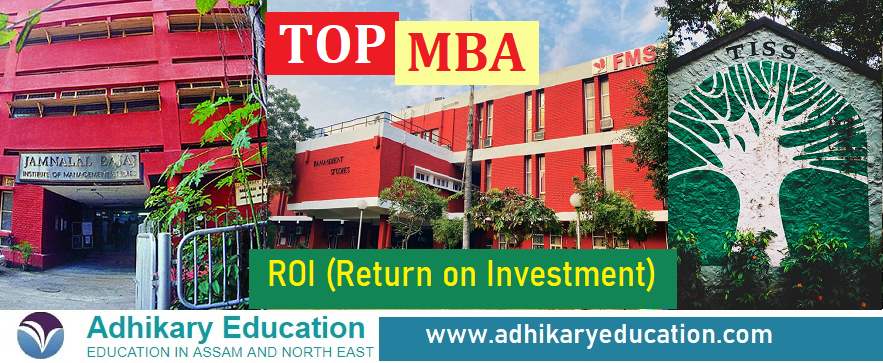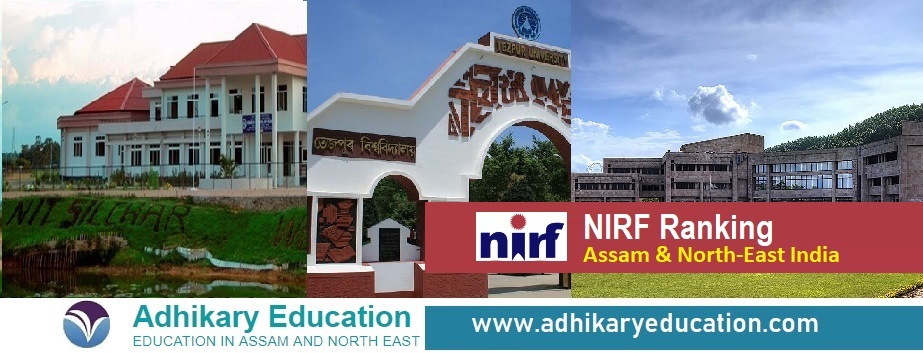Top MBA Ranking in India on RoI (Return over Investment) MBA is one of the most coveted professional courses in India and is an attractive…
Continue Reading....Author: admin
Top Universities in Assam & North-East – NIRF 2024 Ranking (Overall Category)
Top Universities in Assam, Meghalaya, Arunachal Pradesh, Tripura, North-East India in NIRF 2024 Ranking (Overall Category) The 2024 National Institutional Ranking Framework (NIRF) judged the…
Continue Reading....NIRF 2024 Ranking – Top Engineering College from Assam & Northeast NE
NIRF 2024 Ranking – Top Engineering College from Assam & Northeast NE The 2024 National Institutional Ranking Framework (NIRF) judged the institutions and universities in…
Continue Reading....APSC Mains 2023-24 General Studies (GS-4) Paper 5 Question Analysis

APSC Mains 2023-24- General Studies GS 4 Question Paper 4 Analysis Go to APSC Mains Previous Years Question Papers Section-A “Human behaviour builds on…
Continue Reading....India at Olympic 2024 – Champions who near-missed medal

India at Paris Olympic 2024 – Champions who came 4th | APSC/Assam Exams Current Affairs GK Go to Current Affairs Page India, with a…
Continue Reading....India at Olympic 2024 – Six Medal Winners | APSC/Assam Exams Current Affairs GK

India at Paris Olympic 2024 – Full list of medal winners | APSC/Assam Exams Current Affairs GK Go to Current Affairs Page India, with…
Continue Reading....APSC Mains 2023-24 General Studies (GS3) Paper-III

APSC Mains 2023-24 General Studies (GS-3) Paper-III General Studies-III (Technology, Economic Dev, Biodiversity, Environment, Disaster Management) Go to Old Previous Years Question Papers page…
Continue Reading....APSC Mains 2023-24 General Studies (GS2) Paper-II

APSC Mains 2022-24 General Studies (GS-2) Paper-II General Studies-II (Governance, Constitution, Polity, Social Justice and international relations) Go to Old Previous Years Question Papers…
Continue Reading....APSC Mains Exam 2023-24 – Essay Question Paper

APSC Mains Exam 2023-24 – Essay Question Paper Go to APSC Mains Previous Years Questions Page Write two essays, choosing one topic…
Continue Reading....
